
Điện Hải Citadel – location and future restoration plan
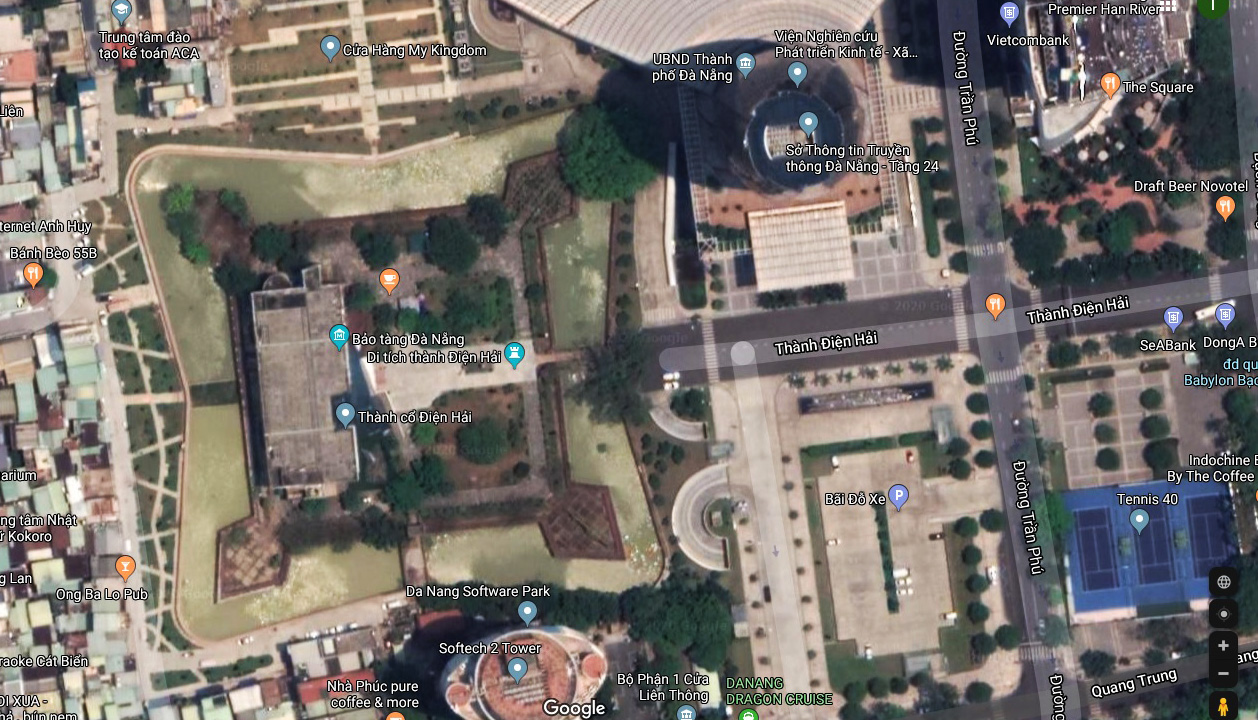
Điện Hải Citadel today on Google Maps
Visitors often tour Đà Nẵng City Museum without realising that it’s located in the grounds of one of Việt Nam’s few intact Vauban citadels.
One of Việt Nam’s few intact Vauban style fortresses, the Điện Hải Citadel originated in 1813 as an earthen fortress located to the north of its present position.
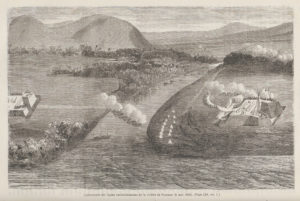
Enlèvement des lignes cochinchinoises de la rivière de Tourane (8 Mai 1859) from Victor Duruy, Histoire populaire contemporaine de la France, Tome 4 (1864-1866) – note the depictions of Đà Nẵng’s two principal fortresses, An Hải (left) and Điện Hải (right)
It was in fact one of two fortifications – the other being An Hải on the east bank – built by Emperor Gia Long to protect the port. By the time of American mariner John White’s visit in 1819, both Điện Hải and An Hải had been rebuilt in brick.
In 1823, Gia Long’s son and successor Minh Mạng saw the need for stronger defensive works, so the original Điện Hải fortress was rebuilt “on a high mound” at the current location. It was upgraded from a fortress (đồn) to a citadel (thành) in 1835.
The current citadel dates from a further reconstruction of 1847, undertaken by Emperor Thiệu Trị in the wake of the sinking of four Vietnamese warships by the French frigates Gloire and Victorieuse in the harbour. Built according to the Vauban principles of military architecture (see previous post, The Citadels of Gia Dinh), it was a smaller version of the 1837 Gia Định Citadel (Saigon), square in shape with a circumference of 556m, 5m high walls, four diamond-shaped corner bastions, and a 3m deep surrounding moat.
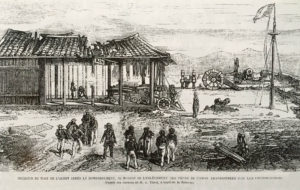
Intérieur du fort de l’Ouest après le bombardement, au moment de l’enlèvement des pièces de canon abandonées par les Cochinchinois, d’après les dessins de M. A. Theil, à bord de la Némésis
The citadel had just two gates – the south (main) gate and the east gate – and housed an out-of-town royal palace, an army barracks and storage facilities for food, ammunition and gunpowder. Around the walls were 30 cannon emplacements.
Known to the French as the Fort de l’Ouest, Điện Hải Citadel suffered extensive damage during the Franco-Spanish invasion of 1858, although since that first French campaign ended in failure, it was subsequently repaired and returned to use.
Following the establishment of the French concession of Tourane in 1888, the colonial authorities found the citadel too small to accommodate their own armed forces and instead established new infantry and artillery barracks nearby on what later became boulevard Jules Ferry, now Trần Phú street.
In 1888, the Hôpital militaire de Tourane was set up in the grounds of the citadel. Though primarily a military hospital, it also served expatriate civilians – initially, anyone with a serious illness had to be evacuated by ship to the Hôpital de Huế, but in the wake of the devastating cholera epidemic of 1903-1904, it was understood that the existing health facilities in Tourane were inadequate.
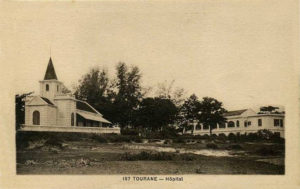
Annam – Tourane – Hôpital
A second hospital, the Hôpital indigène de Tourane, was established in 1906 on boulevard de la République (now the site of the Đà Nẵng University of Medicical and Pharmaceutical Technology at 99 Hùng Vương) to serve the local population. Then in 1909-1911, the military hospital was upgraded and rebranded as the Hôpital européen de Tourane, in which capacity it continued to serve Tourane’s military and civil population for the remainder of the colonial era.
It was also inside the Citadel in 1900 that the devout General Gustave Borgnis-Desbordes, Commandant-in-chief of French troops in Indochina and Grand officier de la Légion d’honneur, sponsored the construction of Tourane’s first Roman Catholic chapel.
This remained the principal place of Catholic worship in the city until the inauguration of the larger parish church, now Đà Nẵng Cathedral, in 1924.
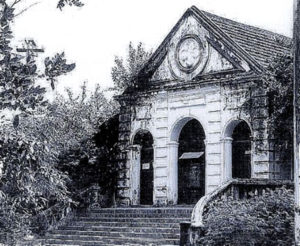
Annam – Tourane – Église de Tourane
After 1955, the French government obtained the agreement of the RVN government to set up a Francophone school in the old hospital buildings of the Điện Hải Citadel, with additional school buildings outside its main east gate. Known initially as the École Française de Tourane, it was renamed the Lycée Blaise Pascal de Đà Nẵng in 1964, and offered a secondary education leading to the baccalauréat. Among its students of this period was the famous musician Trịnh Công Sơn. In 1967, the school was transferred to local management, switched to a Vietnamese syllabus and renamed the Nguyễn Hiền Education Centre (Trung Tâm Giáo Dục Nguyễn Hiền), continuing to function in this capacity until 1974, when the school was closed and its buildings became part of the recently-established Quảng Đà Public University (Trường Đại học Cộng đồng Quảng Đà, established in 1971).
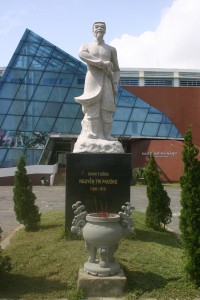
Statue of General Nguyễn Tri Phương in front of the present Đà Nẵng City Museum
Soon after Reunification in 1975, the buildings inside the citadel were taken over by Quảng Đà Dermatology Hospital (Bệnh viện Da liễu Quảng Đà), but then in 1976 they were handed to Quảng Nam-Đà Nẵng Pharmaceutical Company (Xí nghiệp Dược phẩm Quảng Nam-Đà Nẵng), later the State Pharmaceutical Company 5 (Xí nghiệp Dược Trung ương 5). Finally in 2004, the pharmaceutical company was relocated elsewhere, the land was cleared, and a new Đà Nẵng City Museum building was constructed, opening to the public in 2008.
Although increasingly dwarfed by new high-rise buildings, the old citadel remains intact, thanks to its recognition on 16 November 1988 as a national monument. In recent years it has been recognised that the 2008 museum building was inappropriately located and precluded the proper restoration of the Citadel as a heritage site in its own right. In 2017-2018, temporary housing which had threatened the integrity of its west wall was cleared and the moat was reinstated.
At the time of writing the Đà Nẵng City Museum is being relocated to 42-44 Bạch Đằng, in order that the existing museum building may be demolished and the Citadel may be fully restored to its appearance before the French conquest.
Getting there
Thành Điện Hải, 1A Lý Tự Trọng, Phường Thạch Thang, Quận Hải Châu, Đà Nẵng
Images of Điện Hải Citadel in 2013, before the removal of temporary housing and reinstatement of its moat:
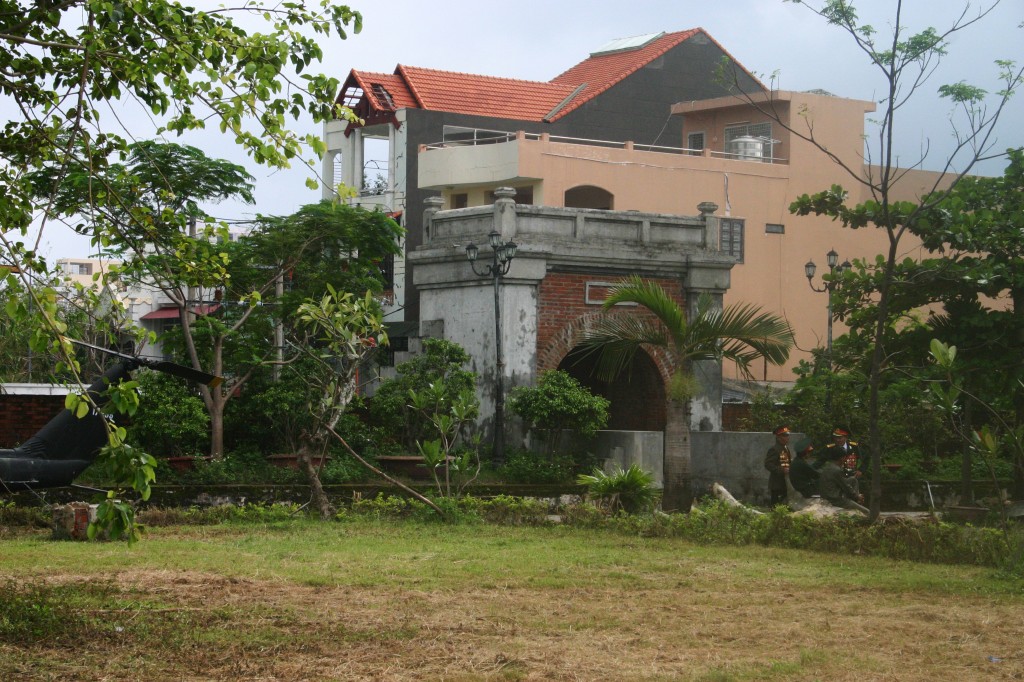
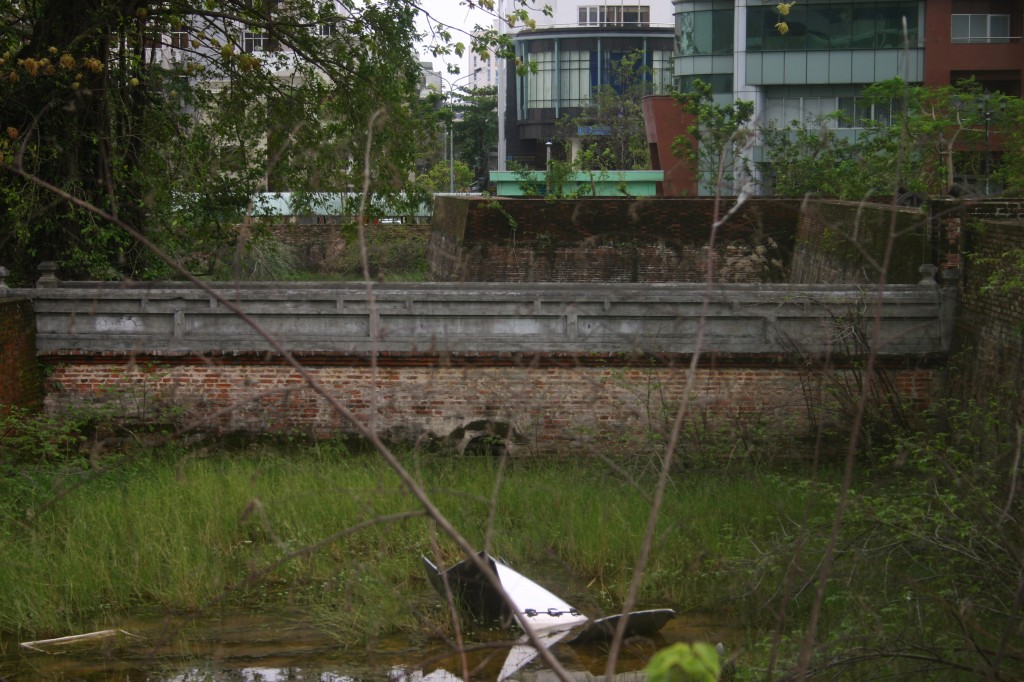


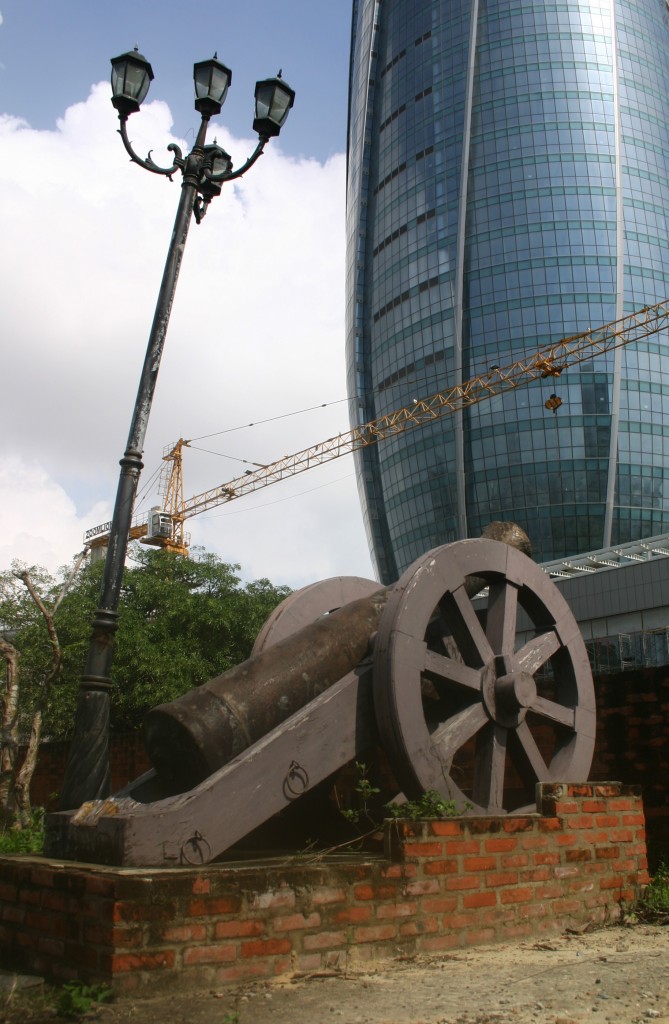
Tim Doling is the author of the guidebook Exploring Quảng Nam (Nhà Xuất Bản Thế Giới, Hà Nội, 2020)
A full index of all Tim’s blog articles since November 2013 is now available here.


Great stuff, Tim!
Thanks Tim, another one on the list to check out!